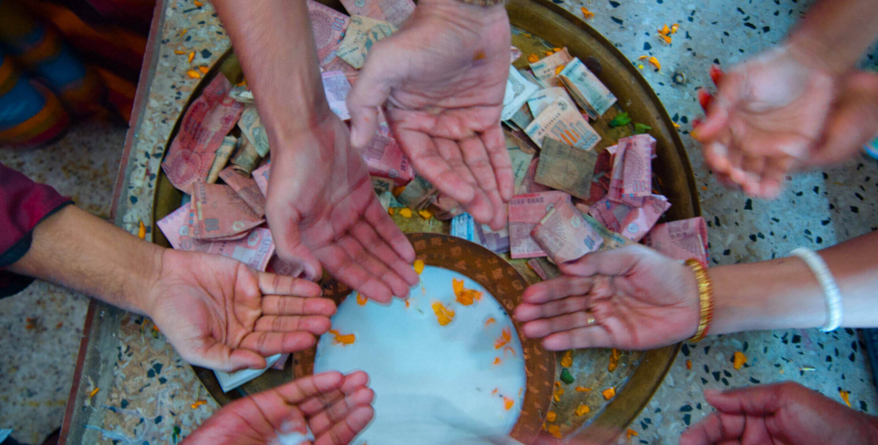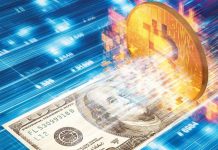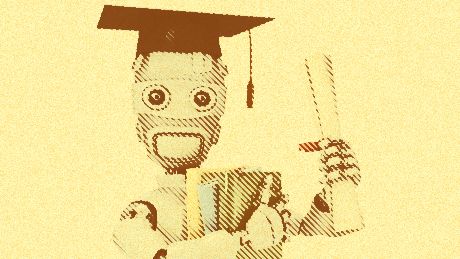Do you ever wonder where money comes from? Well, Josh Ryan-Collins, Tony Greenham, Richard Werner and Andre Jackson have set out to explain exactly that in a new book published in 2012 entitled “Where does money come from ?”. They are not the first to do it. One century ago, Hartley Withers’s engaged in understanding the meanders of money by writing “The Meaning of Money” and 80 years after Keynes’s wrote his famous “Treatise on Money”. But nowadays, the fundamentals of how banks create money still needs explaining.
The authors of “Where does money come from ?” seek to answer difficult questions that initially seem simple, that include those such as what money is, how it is created and how it gets into the system. These are challenges that people sometimes think they understand but often in reality do not. The book seeks to set straight some of the misunderstandings and incorrect assumptions that people make about the circulation of money.
As explained by Positive Money, the book outlines that: “New money is created by commercial banks when they extend or create credit, either through making loans or buying existing assets.” In doing this the banks create credit that leads to deposits in our bank accounts, which is “to all intents and purposes”, they argue, money. The book explains the fact that most people do not understand how money is created. Positive Money argues that it is worrying and many economists, policy makers and even bankers do not understand the concept outlined above. This creates a number of challenges in itself, such as the likelihood that banking reform will not succeed due to not understanding the fundamentals of how the system works.
This book¨s message is really important because it reminds us of a basic truth about money. As Josh Ryan Collins says in the following video : “money is a social relationship.”
As such, to define money is a difficult challenge. Plus, the book reminds us that “anything widely accepted as payment” is money and that this includes payments that are accepted by the government to pay tax. This is seen to include bank credit, but not a scrawled note on a piece of paper that says to a mate that you owe them money. This leads the authors to the premise that there are three forms of currency in the UK national economy. The first of these is cash – the notes and coins that are circulated through which we are able to buy things. The second is central bank reserves, or reserves that are stored by commercial banks with the Bank of England. Finally the third type of money is commercial bank money. This is comprised of bank deposits that are created when commercial banks loan money to people or institution. This in turn creates credit borrower deposit accounts and makes payments for customers.
The book describes how only the government or the Bank of England has the ability to create the first two types of money. It is pointed out however, that physical cash only accounts for less than 3% of total money that exists in the economy. Meanwhile, commercial bank money accounts for the rest of the overall money supply. Mostly people have a too simplistic idea of how banks actually work and this is a misconception that needs to be addressed however, according to the book. The book aims to, and successfully overcomes and dispels some of these myths and incorrectly conceived ideas.
According to the book’s authors the fact that commercial banks are in reality able to create new money has consequences that need to be understood with regard to both financial stability and economic prosperity. The first is that this method of money creation is not good at protecting against credit booms which cause price bubbles. The second is that banks limit the credit that is available and this is not based on interest rates but on confidence that the loan will be repaid, and confidence in the overall banking system. Banks also have power to decide where credit is assigned in the economy which leads to a focus on lending against collateral. This means that new money created is often put into the housing market, and we have seen the impact that this has on society. In addition to these challenges, fiscal policy itself is seen by the authors to not result in money expansion, and the government has little to no direct involvement in this. This indicates that the banks run the country, which given the last economic crisis will certainly be worrying for many.
Having set aside some of the myths, the book concludes by asking perhaps the most important question of all:
“Of all the possible alternative ways in which we could create new money and allocate purchasing power, is this really the best?”

Paula Newton is a business writer, editor and management consultant with extensive experience writing and consulting for both start-ups and long established companies. She has ten years management and leadership experience gained at BSkyB in London and Viva Travel Guides in Quito, Ecuador, giving her a depth of insight into innovation in international business. With an MBA from the University of Hull and many years of experience running her own business consultancy, Paula’s background allows her to connect with a diverse range of clients, including cutting edge technology and web-based start-ups but also multinationals in need of assistance. Paula has played a defining role in shaping organizational strategy for a wide range of different organizations, including for-profit, NGOs and charities. Paula has also served on the Board of Directors for the South American Explorers Club in Quito, Ecuador.



























